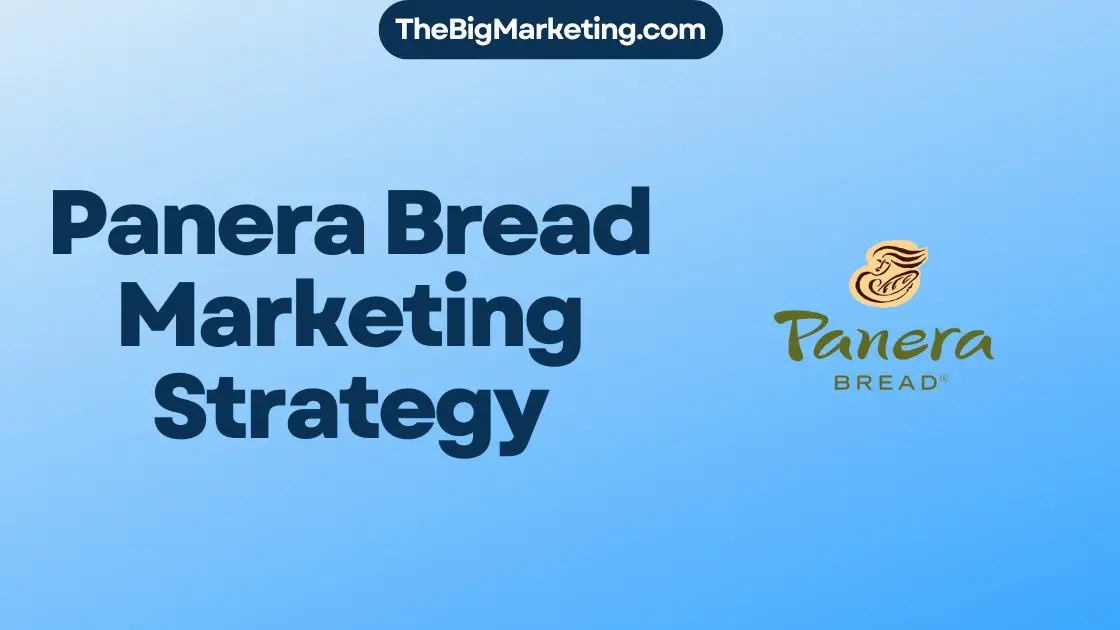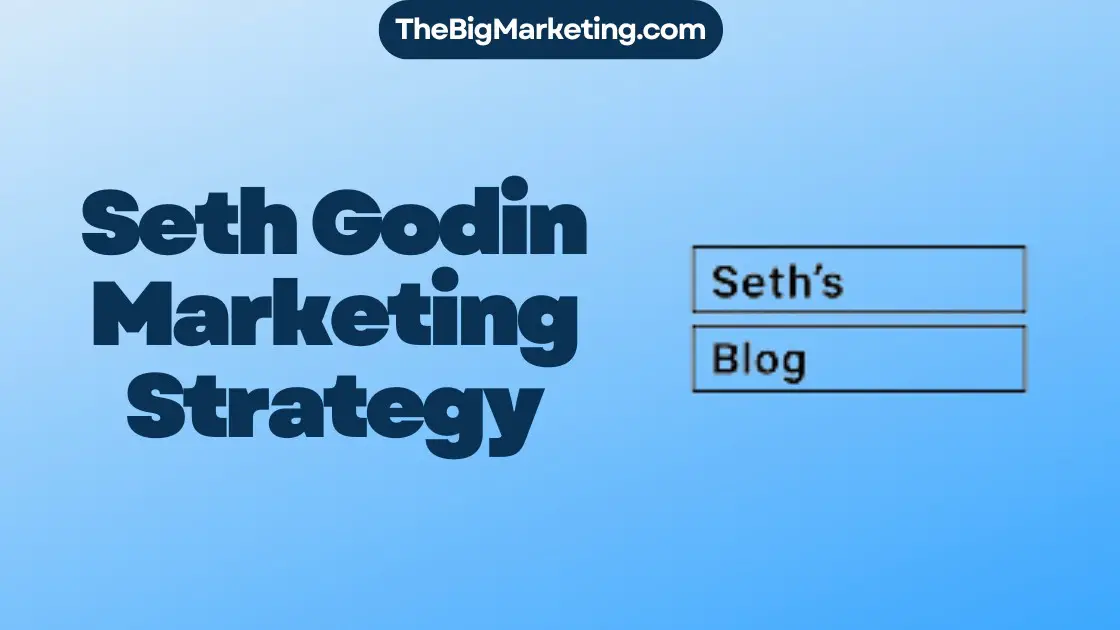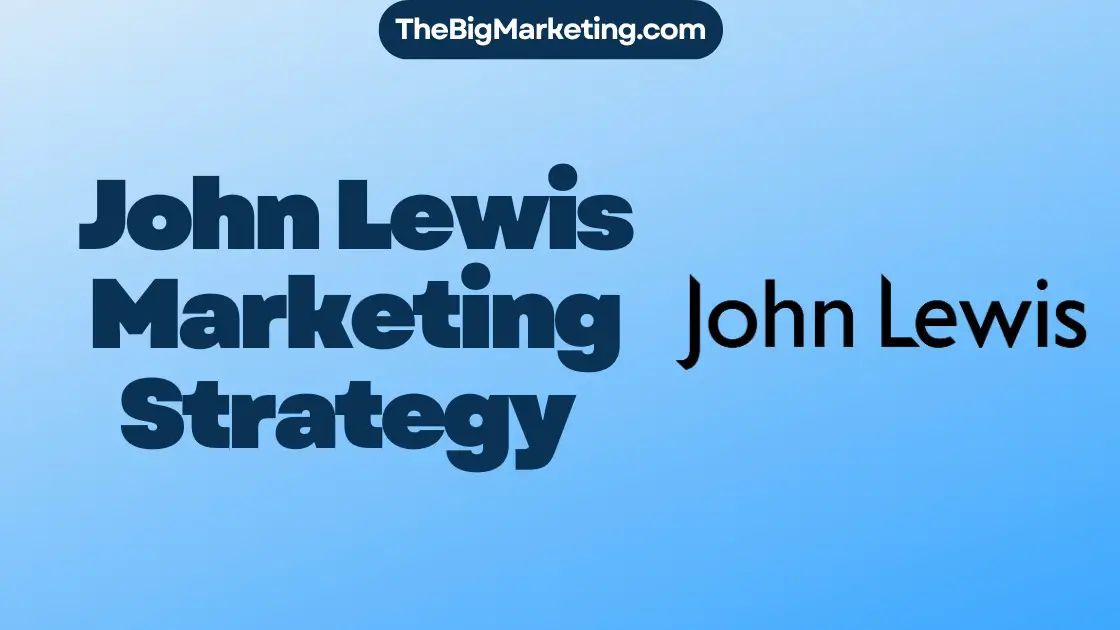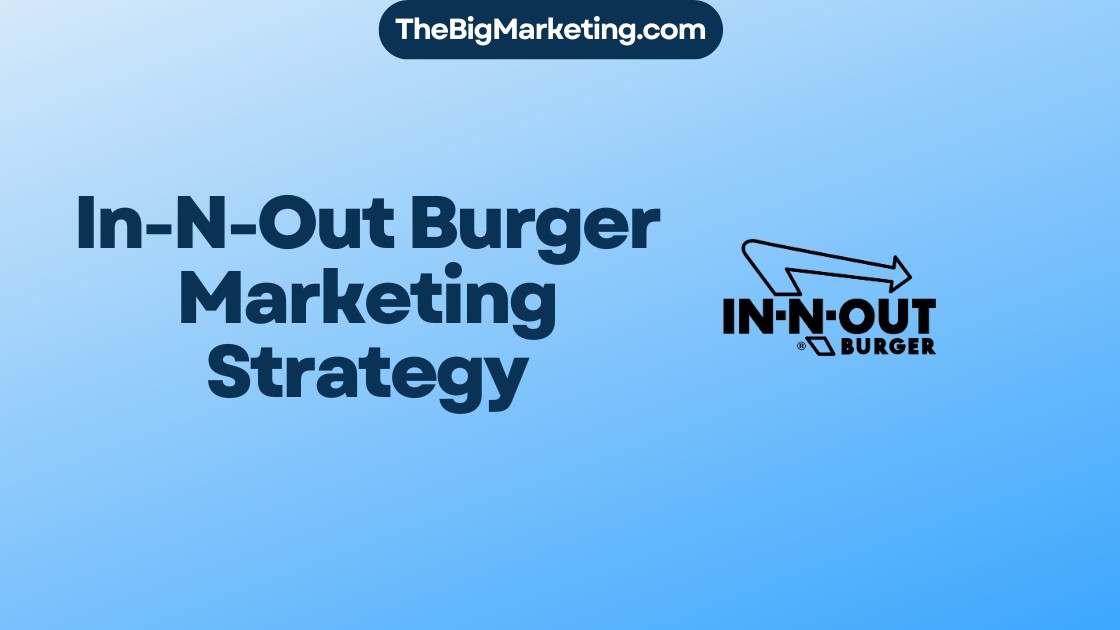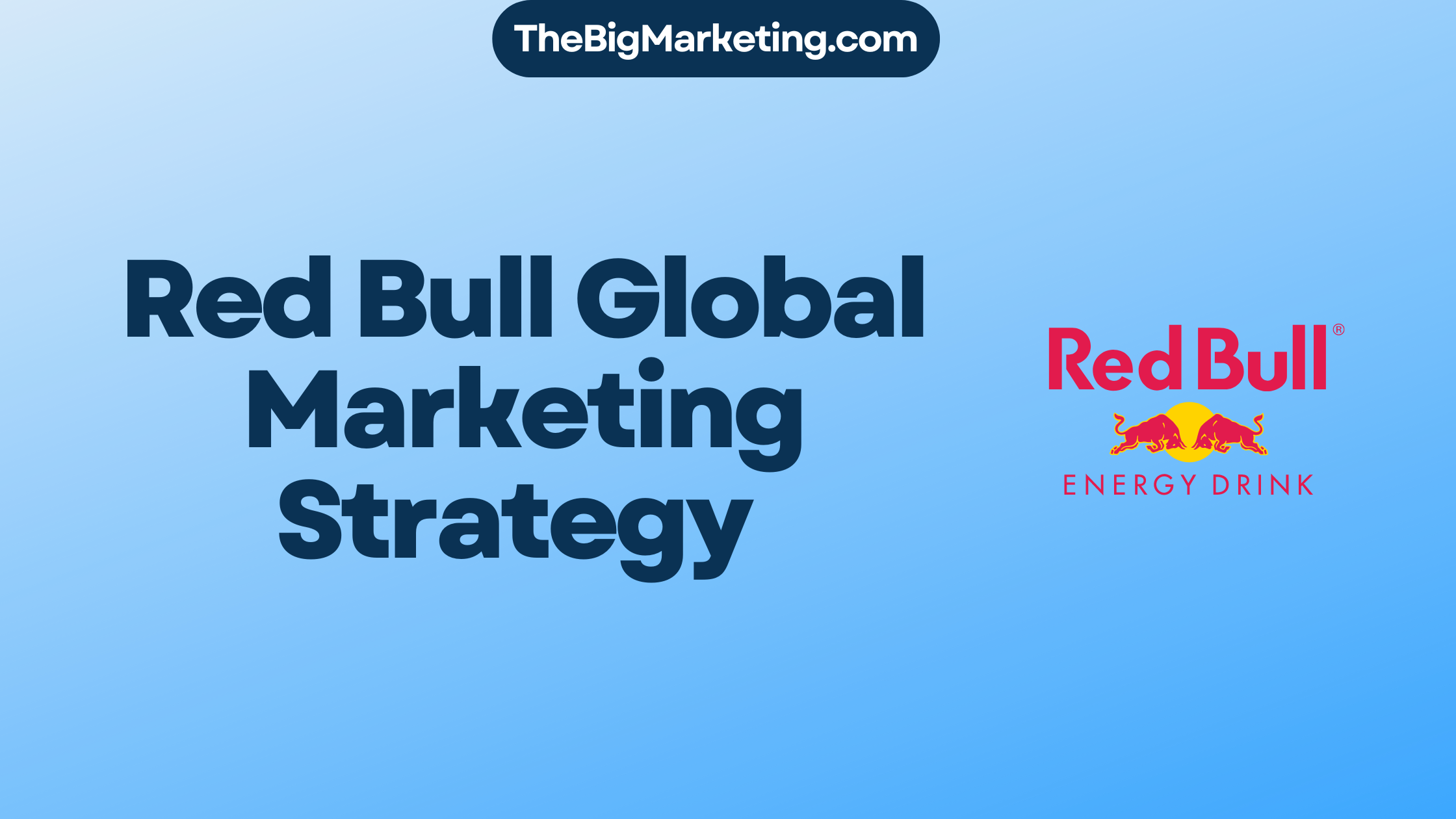Welcome to our analysis of Nescafe’s 2024 marketing strategy. We’ll dive into their digital efforts, promotional tactics, and social media plans. We’ll also look at their product positioning, market targeting, customer engagement, and how they stand against competitors.
Nescafe, famous under Nestle India, has grown massively since 1956. Being part of Nestle, a big food and beverage player, it reaches various customers. These include kids, workers, and the everyday person.
Nescafe thrives with a strong digital marketing blueprint, tapping into social media. It uses Facebook, Instagram, and Twitter to connect with its followers. It runs distinct profiles for different brands, ensuring meaningful engagements and strong brand loyalty. Nescafe’s site is also SEO-friendly, with lots of organic search terms and backlinks.
The Ask Nestle campaign is a standout. It uses AI to offer instant nutritional info to users. This, along with pricing strategies, varied products, clear objectives, and sharp digital promotions, boosts Nestle India’s branding.
Key Takeaways:
- Nescafe employs a comprehensive digital marketing approach.
- The company effectively utilizes social media platforms for brand promotion.
- Nescafe’s website is optimized for search engines and boasts a strong online presence.
- The Ask Nestle campaign utilizes artificial intelligence to provide real-time nutritional information.
- Nestle India combines multiple pricing strategies, product diversification, and consistent goals in its marketing strategy.
Nestle’s Target Audience
Nestle India has carefully chosen its products for different people. They understand that everyone has unique needs and preferences. So, they offer a variety of products for kids, working professionals, and everyone else.
Products for Kids
Nestle India makes special products for kids. They have Ceregrow, a cereal packed with nutrients for growing kids. Koko Krunch offers a tasty chocolate cereal treat. For young kids, there’s Lactogrow which meets their nutritional needs.
Products for Working Professionals
For busy working professionals, Nestle India has got the perfect solutions. Nescafe helps keep you awake with their range of coffee products. And for tea lovers, Sunrise offers a quick tea option to refresh your day.
Products for the General Audience
Nestle India also has favorites that appeal to everyone. KitKat is a chocolate snack loved across ages. Maggi noodles are a hit in many homes. And Milkmaid is perfect for those who love to bake or make desserts.
Nestle India knows how to serve different age groups. They provide healthy choices for kids and convenient options for working adults. They also offer well-loved snacks for everyone. Nestle’s products are designed to fit the diverse tastes of its audience.
| Target Audience | Key Products |
|---|---|
| Kids | Ceregrow, Koko Krunch, Lactogrow |
| Working Professionals | Nescafe, Sunrise |
| General Audience | KitKat, Maggi, Milkmaid |
Nestle’s Social Media Marketing Strategy
Nestle India knows it’s key to be strong on social media today. It uses Facebook, Instagram, and Twitter to talk to its audience. This has helped Nestle create a bond with people and grow its market.
Nestle has many fans on social media. Millions like its Facebook and follow on Instagram and Twitter. This has made Nestle a well-known and trusted brand online.
On social media, Nestle shares news, announces new products, and gives useful info. This keeps customers in the loop and shows Nestle cares about being open and connecting with them.
Nestle also has specific pages for its diverse brands like Maggi, KitKat, and Nescafe. These pages have lots of followers. They let Nestle reach out to different groups with marketing that hits the spot.
Because social media is visual, Nestle can show off its products with great photos and videos. This grabs people’s attention. Using great images, Nestle effectively promotes its products and gets people engaged.
With social media, Nestle reaches its current customers and also draws in new ones. Social media has let Nestle grow its presence and get more people to know its brand.
Overall, Nestle’s approach to social media marketing is a big win. It has used platforms like Facebook, Instagram, and Twitter well. This has helped it push its products, build loyal fans, and strengthen its market spot.
| Platform | Number of Followers/Likes |
|---|---|
| Millions | |
| Millions | |
| Millions |
Marketing Campaigns of Nestle
Nestle has been launching successful marketing campaigns for years. These campaigns connect with consumers and strengthen the company’s brand. They are known for their creativity, strong messages, and great engagement strategies. Let’s look at some of Nestle’s big marketing hits:
“Karne Se Hee Hona Hai”
During the Covid-19 pandemic, Nescafe kicked off the “Karne Se Hee Hona Hai” campaign. It aims to encourage young people to follow their dreams and achieve their goals. Nescafe presents itself as the coffee that keeps them alert, energized, and ready for opportunities.
“Poora Poshan Poori Tasalli”
Nestle’s “Poora Poshan Poori Tasalli” targeted parents of young children. This campaign promotes Nestle Ceregrow as a nutritious option for kids. It focuses on the health benefits and holistic development, making Ceregrow a trusted choice for parents.
“Meri Maggi”
The “Meri Maggi” campaign invited customers to share their unique Maggi recipes online. Nestle tapped into user content and social media to engage with fans. This approach deepened the bond with Maggi lovers and created valuable content for marketing.
Nestle’s marketing efforts have significantly boosted its market presence. Through engaging messages and strong brand connections, Nestle remains a top player in the food and beverage sector.
Nestle’s Website Overview
Nestle boasts a strong online presence with unique websites for its variety of brands. It knows the value of search engine optimization (SEO) and uses smart strategies to boost its Google rankings. This results in an enhanced experience for its customers.
The Nestle website shows its effective online presence. It’s rich in organic keywords and backlinks. This reflects the company’s effort to build a digital presence and interact with its audience.
The website acts as a key spot for sharing about Nestle’s many products. It’s a center for different marketing efforts. These efforts push website traffic up and increase brand awareness.
A special feature on the Nestle website is the Nestle India Nutrition Assistant (NINA). NINA is AI-based and gives instant nutrition advice. It helps users craft personalized meal plans for kids. This feature shows Nestle’s commitment to healthy eating and providing useful info to its customers.
Website Overview:
| Key Features | Benefits |
|---|---|
| Search Engine Optimization (SEO) | Increase visibility on search engines and reach a wider audience |
| Abundance of Organic Keywords and Backlinks | Strong online presence and establishes credibility |
| Central Hub for Marketing Campaigns | Drives traffic to the website and enhances brand exposure |
| Nestle India Nutrition Assistant (NINA) | Delivers real-time nutritional information and creates personalized meal plans |
Nestle’s focus on website optimization and online presence is key to its digital marketing. By using SEO well and offering valuable resources, Nestle boosts its brand, engages with people, and strengthens its market position.
Appeal to Every Consumer with Multiple Price Strategies
Nestle knows that reaching many kinds of buyers is key. They do so with their varied price plans. They offer different packaging sizes, helping them target various income levels. This approach makes their products open to everyone.
For people with less money, Nestle has small, affordable packs. These allow customers to enjoy their items without paying a lot. Meanwhile, for those who can spend more, Nestle offers luxury options like Nescafe. These products are meant for people seeking quality and indulgence.
Their diverse pricing approach helps Nestle connect with more customers. It balances reasonable prices with quality goods. This strategy not only boosts their sales but also keeps them leading in the market.
Key benefits of Nestle’s multiple price strategies include:
- Appealing to consumers across different income groups
- Making Nestle products accessible and affordable for the masses
- Capturing a wider audience by offering both budget-friendly and premium options
- Enhancing brand equity and maintaining a competitive edge in the market
Having a Multifarious Portfolio Lowers Risk
Nestle reduces risk in the FMCG industry by expanding its product range. This strategy involves adding new items often. For example, after Maggi was banned in India, Nestle didn’t just sit back. They introduced new products and rebranded Maggi, broadening their product line.
Nestle’s diverse range covers beverages, breakfast cereals, seasonings, and more. It even includes infant foods, chocolates, refrigerated items, and pet foods. By having such a wide range, Nestle spreads its risk and earns from different sources.
Having many products lets Nestle depend less on just one item or market. They offer lots of options, meeting various customer needs. This approach also means they can keep up with market changes easily.
Being able to quickly adapt to new market trends protects Nestle. It helps them face economic ups and downs confidently.
Benefits of Product Diversification
- Risk Reduction: Spreading the risk across different areas means less impact from downturns or product issues.
- Increased Market Reach: With more products, Nestle can attract more customers. This expands their market and increases sales.
- Competitive Advantage: A wide product range sets Nestle apart from others. It offers more choices to customers.
- Revenue Stability: Earning from various products keeps Nestle’s finances stable. It helps balance out market or product ups and downs.
Nestle’s focus on having a variety of products helps them manage risk well. It allows them to adjust to changes and stay a global leader in the FMCG sector.
Set Consistent Goals
Nestle has always focused on its clear goals. For over 150 years, its mission “Good Food, Good Life” has made it a trusted name. In the 19th century, founder Henri Nestle created nutrition-boosting baby formula. This showed Nestle’s commitment to infant health.
Through time, Nestle has met consumer needs and challenges head-on. For example, it introduced instant meals for working women. This adaptability has earned Nestle brand loyalty and a strong market presence.
Consumers trust Nestle for its high-quality and nutritious foods. This focus has kept Nestle at the forefront of the food and beverage sector. Its mission and dedication to quality set it apart from the competition.
| Benefits of Nestle’s Consistent Goals | Examples |
|---|---|
| Brand Loyalty | Consumers trust Nestle due to its long-standing commitment to quality. |
| Established Presence | Nestle’s clear vision has helped the company maintain a strong position in the industry. |
| Consumer Trust | Customers value Nestle’s dedication to providing nutritious food options. |
Try Product-Driven Advertising When You Have a Large Product Line
Nestle uses product-driven advertising to showcase its diverse line of products. This strategy works well for them. Instead of focusing on specific age groups, Nestle’s ads appeal to all consumers. For instance, their KitKat ads are enjoyed by people of any age, making it seem like a snack everyone can love.
This approach increases the visibility of Nestle’s varied products. It addresses the different tastes and preferences of a wide consumer base. Thus, Nestle strengthens its image as a brand that offers something for everyone.
Creating Consumer Engagement Through Product-Driven Advertising
Product-driven ads help people feel connected to Nestle’s products. With a wide range of items, consumers can find ones that match their preferences and lifestyles. Through ads, Nestle introduces customers to new products, enriching their experience with the brand.
Such ads also show Nestle’s commitment to innovation and variety. Whether it’s the convenience of Maggi noodles or the crunch of KitKat, Nestle highlights its aim to serve diverse consumer needs.
| Benefits of Product-Driven Advertising for Nestle | Examples of Nestle Product-Driven Advertisements |
|---|---|
| Increased visibility of Nestle’s diverse product line | A KitKat advertisement featuring people of different ages enjoying the chocolate wafer snack |
| Expanded consumer engagement and exploration of Nestle’s offerings | A Nescafe advertisement highlighting the various coffee blends available |
| Positioning Nestle as a versatile and innovative brand | An advertisement showcasing the different flavors and variants of Maggi noodles |
| Establishing Nestle as a reliable provider of diverse food and beverage products | An advertisement featuring a range of Nestle products suitable for different occasions and preferences |
With product-driven advertising, Nestle makes the most of its vast product range. By focusing on the diversity and uniqueness of its products, Nestle captures consumer interest. From KitKat to Nescafe, Nestle’s strategy successfully reaches consumers globally, connecting them deeply with the brand.
Conclusion
Nestle has crafted a powerful marketing plan. It combines smart pricing, various products, and clear goals.
Their skill in reaching different audiences has been key. They use social media well. Their website and digital marketing, like video and influencer projects, also boost their success. Nestle not only spreads the word about its brand but also connects with people. This has made them really stand out in the market.
Nestle’s approach is a great lesson for other brands. They mix pricing strategies and a wide range of products with a focused mission. This has secured them a strong spot in the market. Their success shows how vital it is to know your audience, use social media, and meet customer needs.
Their growth and good name in the industry have been driven by their smart marketing moves.
As times change, Nestle’s readiness to update their marketing will matter a lot. They are set on innovation and keeping up with what consumers want. This will help them stay on top. Nestle is an excellent model for marketers aiming to succeed in a competitive environment.
